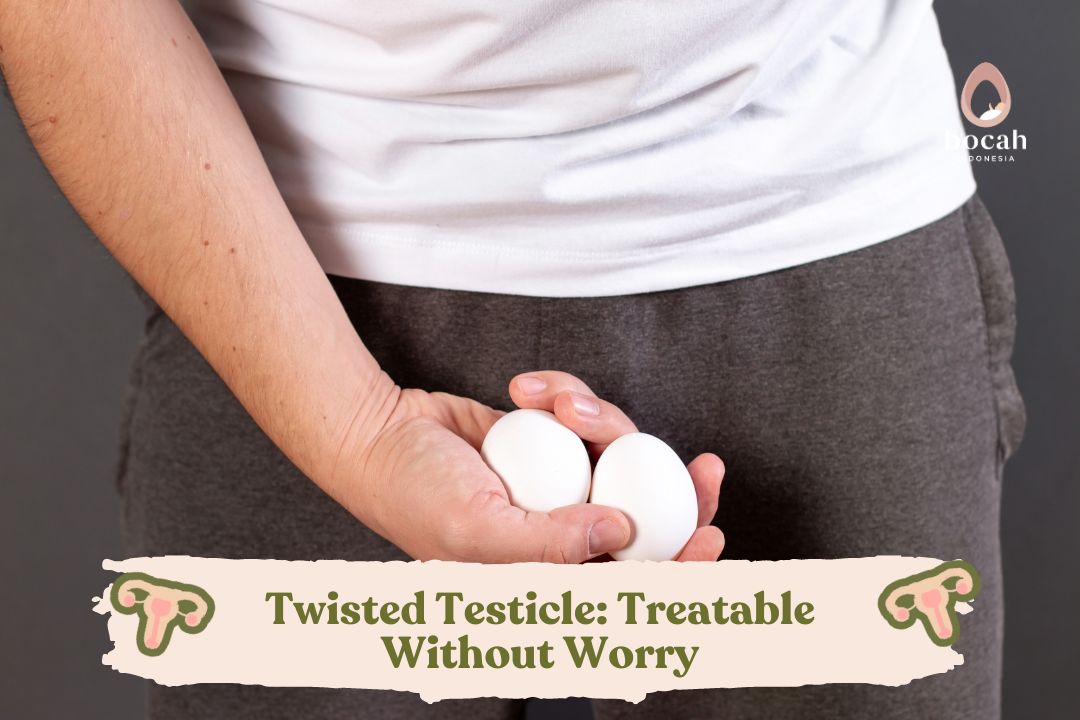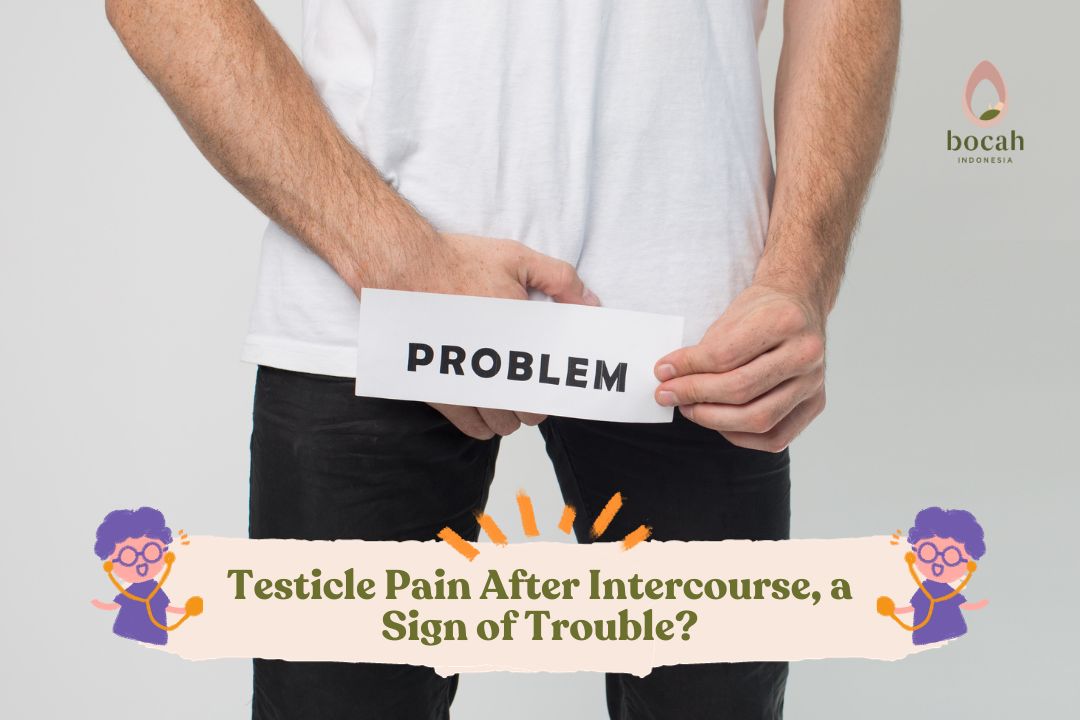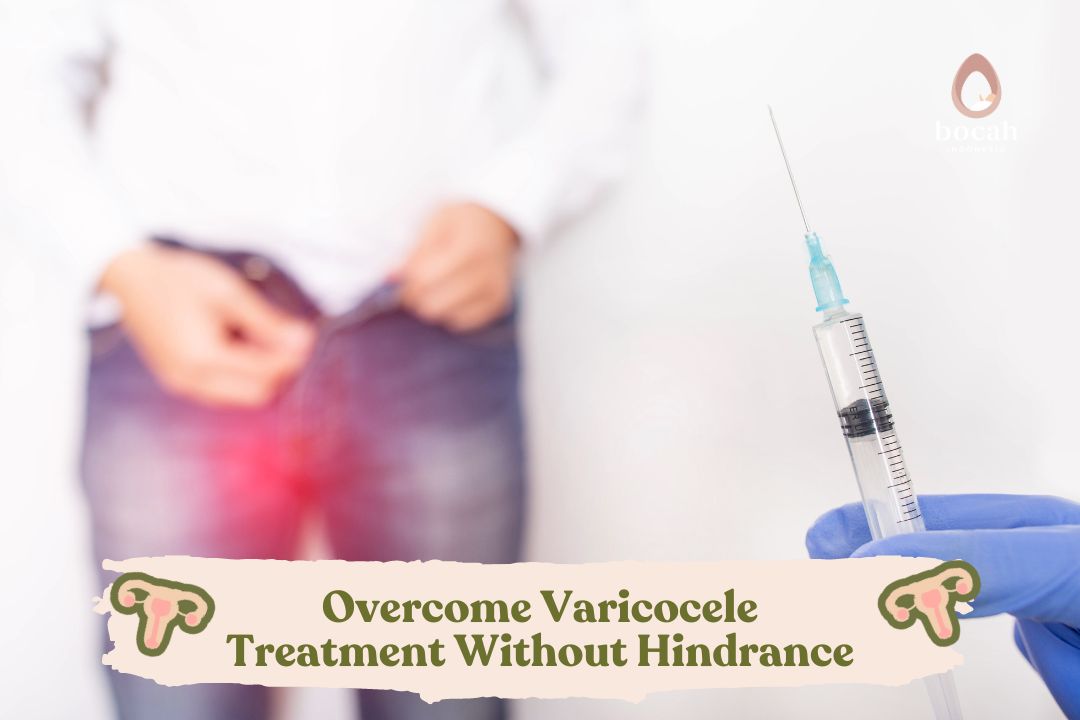Twisted Testicle: Treatable Without Worry

Torsion of the testicle is a condition where the testicle twists, causing severe pain. There are several ways to treat testicular torsion that fathers should be aware of.
If you experience pain in the testicular area, it’s essential to be cautious, as this condition could be due to testicular torsion. Testicular torsion occurs when the blood vessels leading to the testicle twist, obstructing blood flow to the testicle.
This condition can affect males of any age range but is often experienced by those under 25 years old. If not promptly treated, this condition can lead to significant problems, including fertility issues or infertility. So, how is testicular torsion treated?
Treatment for Testicular Torsion
It is important to note that the treatment of testicular torsion involves surgical methods to address the condition. This is done to prevent permanent damage to the testicle.
Surgery
One of the ways to treat testicular torsion is through surgery. This procedure is performed after 4-6 hours of experiencing severe pain in the testicular area. The surgical procedure involves untwisting the blood vessels that are causing the testicle to twist, restoring the testicle to its normal position.
Tanya Mincah tentang Promil?
The surgical procedure, using the orchidopexy approach, does not disrupt the testicle’s ability because the testicle remains in normal condition and does not need to be removed. This allows the testicle to continue producing sperm normally.
Testicle Removal
If the surgical procedure is delayed for 12 hours after experiencing pain, it can lead to damage to the tissue deprived of blood flow, which cannot be saved.
When the testicle can no longer function as it should, it will be removed through the orchiectomy procedure. The remaining testicle will be repaired to prevent it from twisting as before.
After the operation, it may be necessary to use supportive equipment, such as a jockstrap for the scrotum. This can help alleviate discomfort and swelling.
Self-Recovery for Testicular Torsion
Testicular treatment requires medical intervention, but there are some things fathers can do to aid the recovery process, such as:
Taking prescribed pain relievers as directed by a doctor. These medications are meant to address pain and discomfort after surgery
Applying a cold compress to the operated area for 10-15 minutes
Keeping the surgical site clean and sterile
Avoiding strenuous activities for a while, including sports, to prevent the testicle from twisting again
It is recommended to abstain from sexual activity for a few weeks
Engaging in light physical activities, such as leisurely walks
Complications of Testicular Torsion
There are several complications that can result from testicular torsion, including:
Infection
Severe tissue damage or death of the testicular tissue, if left untreated, can lead to gangrene infection. This infection can spread rapidly throughout the body and pose a life-threatening risk.
Infertility
If testicular torsion leads to damage in both testicles, it can affect fertility or infertility in men. If this condition is not promptly addressed, it can make it difficult for a couple to conceive.
Atrophy
Do not underestimate testicular torsion; this condition can significantly shrink the size of the testicles. If this risk occurs, there is a possibility that the testicles may no longer be able to produce sperm.
That’s the discussion on testicular torsion treatment, fathers. If you experience severe pain in the testicular area, it’s essential to consult a doctor promptly. Remember, this condition can be dangerous if not treated immediately. For fathers planning for a pregnancy program, it’s advisable to consult with a doctor to determine the appropriate treatment and care.
This article has been medically reviewed by Dr. Chitra Fatimah.
Source:
- Schick, M.A., Sternard, B.T. (2022). Testicular Torsion. NCBI Bookshelf.
- Hazeltine, M., Panza, A., & Ellsworth, P. (2018). Testicular torsion: Current evaluation and management. Urologic Nursing, 37(2), 61.
- Shteynshlyuger, A. (2012). Familial testicular torsion: A meta analysis suggests inheritance. Journal of pediatric urology, 9(5), 683–690.





